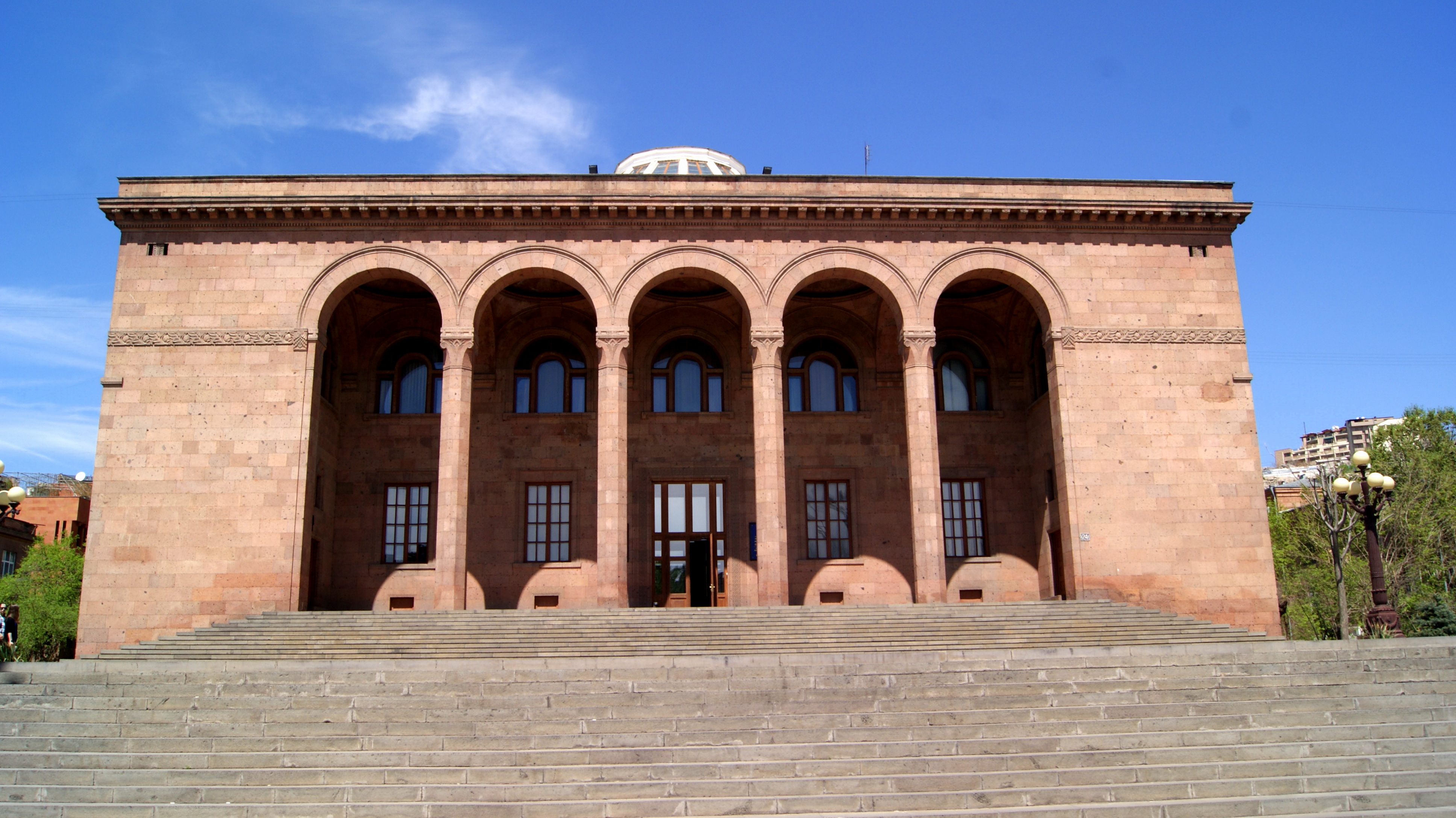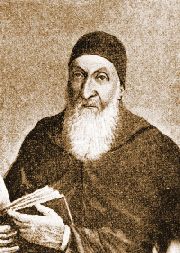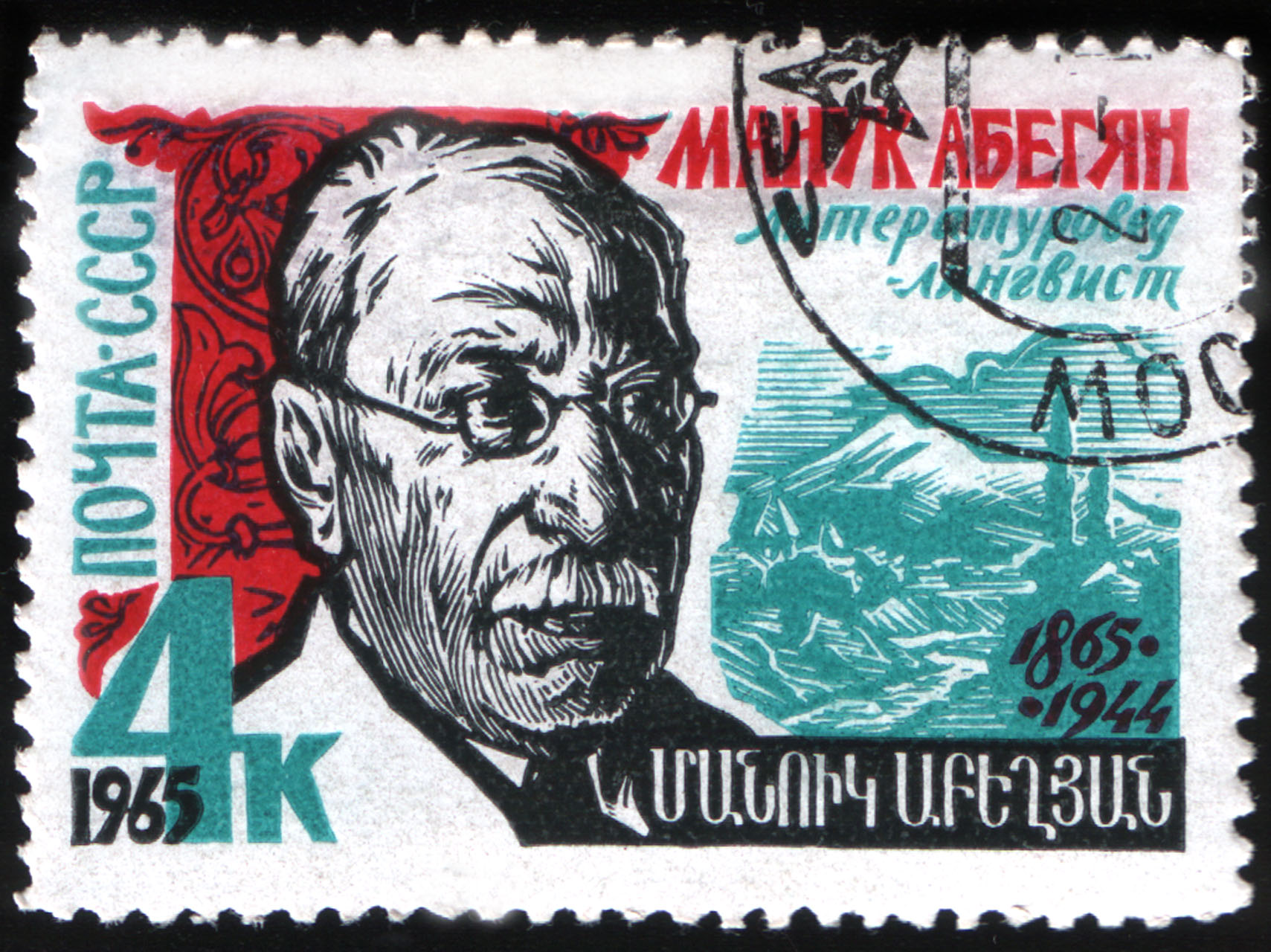|
Armenology
Armenian studies or Armenology ( hy, հայագիտություն, ) is a field of humanities covering Armenian History of Armenia, history, Armenian language, language and Culture of Armenia, culture. The emergence of modern Armenian studies is associated with the foundation of the Catholic Mechitarists, Mechitarist order in the early 18th century. Until the early 20th century, Armenian studies were largely conducted by individual scholars in the Armenian communities of the Russian Empire (Moscow, Saint Petersburg, Nakhichevan-on-Don, New Nakhichevan, Tiflis), Europe (Venice, Vienna, Paris, London, Berlin, Leipzig), Constantinople and Vagharshapat in Armenia. After the establishment of Soviet rule, Armenian studies, and sciences in general, were institutionalized in Armenia and put under direct control of the Armenian National Academy of Sciences, Academy of Sciences. Today, numerous research centers in many parts of the world specialize in Armenian studies. Notable scholars who h ... [...More Info...] [...Related Items...] OR: [Wikipedia] [Google] [Baidu] |
Armenian National Academy Of Sciences
The National Academy of Sciences of the Republic of Armenia (NAS RA) ( hy, Հայաստանի Հանրապետության գիտությունների ազգային ակադեմիա, ՀՀ ԳԱԱ, ''Hayastani Hanrapetut’yan gitut’yunneri azgayin akademia'') is the Armenian national academy, functioning as the primary body that conducts research and coordinates activities in the fields of science and social sciences in Armenia. It is a member of the International Science Council. History The Academy of Sciences of the Armenian Soviet Socialist Republic was founded on 10 November 1943, on the basis of the Armenian Branch of the Soviet Academy of Sciences, which was established almost 10 years earlier, in 1935. Among its founders were Joseph Orbeli, Stepan Malkhasyants, Ivan Gevorkian and Victor Ambartsumian; Orbeli became the first president of the academy. Presidents *Joseph Orbeli (1943–1947) *Victor Ambartsumian (1947–1993) *Fadey Sargsyan (1993–2006) * Radik Martiro ... [...More Info...] [...Related Items...] OR: [Wikipedia] [Google] [Baidu] |
Vagharshapat
Vagharshapat ( hy, Վաղարշապատ ) is the 4th-largest city in Armenia and the most populous municipal community of Armavir Province, located about west of the capital Yerevan, and north of the closed Turkish-Armenian border. It is commonly known as Ejmiatsin (also spelled Echmiadzin or Etchmiadzin, , ), which was its official name between 1945 and 1995. It is still commonly used colloquially and in official bureaucracy (dual naming). The city is best known as the location of Etchmiadzin Cathedral and Mother See of Holy Etchmiadzin, the center of the Armenian Apostolic Church. It is thus unofficially known in Western sources as a "holy city" and in Armenia as the country's "spiritual capital" (). It was one of the major cities and a capital of the ancient Kingdom of Greater Armenia. Reduced to a small town by the early 20th century, it experienced large expansion during the Soviet period becoming, effectively, a suburb of Yerevan. Its population stands just over 37,000 ... [...More Info...] [...Related Items...] OR: [Wikipedia] [Google] [Baidu] |
Ghevont Alishan
__NOTOC__ Ghevont Alishan () (1820-1901; also spelled Ghevond Alishan, or Leonzio Alishan in Italian or Léonce Alichan in French) was an ordained Armenian Catholic priest, historian and a poet. He was awarded by the Legion of Honour of the French Academy (1866), an honorary member of the Asian Society of Italia, , Venice Academy and Archeological Society of Saint-Petersburg. John Ruskin wrote that he "always looked upon him Padre Alishan as a sort of saint; he has been our friend for a great many of years." He was a member of the Mekhitarist Congregation on Saint Lazarus Island in Venice beginning in 1838. He was the director of the in 1859-1861. In 1885 he created the first modern Armenian flag. His first design was a horizontal tricolor, but with a set of colors different from those used on the Armenian flag of today. The top band would be red to symbolize the first Sunday of Easter (called "Red" Sunday), the green to represent the "Green" Sunday of Easter, and finally an ... [...More Info...] [...Related Items...] OR: [Wikipedia] [Google] [Baidu] |
Mikayel Chamchian
Mikayel Chamchian)․ ( hy, Միքայէլ Չամչեան, 4 December 1738 – 30 November 1823), known also in English as Michael Chamich, was an Armenian Mekhitarist monk, historian, grammarian and theologian. He is best known for writing a comprehensive and influential history of Armenia in three volumes. Biography Mikayel Chamchian (whose baptismal name was Karapet) was born in Constantinople in 1738 to Abraham Chamchian. He received his primary education in Constantinople's Catholic schools, then was trained as a jeweler by his distant relative, the imperial jeweler and amira Mikayel Chelebi Duzian. Although Chamchian gained renown as a jeweler and had the opportunity to join Duzian as a full business partner, he instead decided to abandon secular life and join the Mekhitarist Congregation. In March 1757, Chamchian left for the Mekhitarists' monastery on the island of San Lazzaro degli Armeni in Venice with a letter of recommendation from Mekhitarist fathers Mikayel Sebast ... [...More Info...] [...Related Items...] OR: [Wikipedia] [Google] [Baidu] |
Lord Byron
George Gordon Byron, 6th Baron Byron (22 January 1788 – 19 April 1824), known simply as Lord Byron, was an English romantic poet and Peerage of the United Kingdom, peer. He was one of the leading figures of the Romantic movement, and has been regarded as among the greatest of English poets. Among his best-known works are the lengthy Narrative poem, narratives ''Don Juan (poem), Don Juan'' and ''Childe Harold's Pilgrimage''; many of his shorter lyrics in ''Hebrew Melodies'' also became popular. Byron was educated at Trinity College, Cambridge, later traveling extensively across Europe to places such as Italy, where he lived for seven years in Venice, Ravenna, and Pisa after he was forced to flee England due to lynching threats. During his stay in Italy, he frequently visited his friend and fellow poet Percy Bysshe Shelley. Later in life Byron joined the Greek War of Independence fighting the Ottoman Empire and died leading a campaign during that war, for which Greeks rev ... [...More Info...] [...Related Items...] OR: [Wikipedia] [Google] [Baidu] |
Maturin Veyssière La Croze
Maturinus Veyssière La Croze (4 December 1661, Nantes – 21 May 1739) was in his early years a learned French Benedictine historian and orientalist. Later, as a Protestant convert, he became royal librarian and professor of the University of Berlin Armenologist. He received his first education from his father, who owned a private library. In 1677 his family got into financial difficulties and he became a novice in Saint-Florent de Saumur. He studied theology in Le Mans and by 1682 he was a Benedictine at the Abbey of Saint-Germain-des-Prés in Paris. In 1696 he came into trouble with his prior and fled to Basel, where he received support from Swiss Reformed professors Peter Werenfels and J. Buxtorf and converted to the Reformed Church. A year later, he became a Prussian royal librarian in Berlin. He also was a teacher for several members of the royal family. Since 1725 he was also professor of philosophy at the French Collegium in Berlin. He left many unpublished works ... [...More Info...] [...Related Items...] OR: [Wikipedia] [Google] [Baidu] |
Manouk Abeghian
Manuk Abeghian ( hy, Մանուկ Աբեղյան, , alternatively Manouk Abeghian, or Manuk Abeghyan, March 15, 1865 – September 26, 1944) was a scholar of Armenian literature and folklore. He is best remembered as the main designer of the Armenian orthography reform, reformed Armenian orthography used in Armenia to this day. Abeghian was born in 1865 in the village of Tazakand (modern-day Babek (city), Babek, Azerbaijan; historically known by its inhabitants as Astapat or Astabad, after the nearby ruined medieval village) in the Nakhichevan Uyezd, Nakhichevansky Uyezd of the Erivan Governorate of the Russian Empire․ He began teaching at Yerevan State University in 1923, in the first years after the university was founded. He was a member of the Armenian National Academy of Sciences. He is the author of a comprehensive history of Armenian literature, the Russian translation of which is titled ''Istoriya drevnearmyanskoi literatury'', and of a volume on Armenian folklore, th ... [...More Info...] [...Related Items...] OR: [Wikipedia] [Google] [Baidu] |
Hrachia Adjarian
Hrachia Acharian ( hy, Հրաչեայ Աճառեան, reformed spelling: Հրաչյա Աճառյան ; 8 March 1876 – 16 April 1953) was an Armenian linguist, lexicographer, etymologist, and philologist. An Istanbul Armenian, Acharian studied at local Armenian schools and at the Sorbonne, under Antoine Meillet, and the University of Strasbourg, under Heinrich Hübschmann. He then taught in various Armenian communities in the Russian Empire and Iran before settling in the Armenian Soviet Socialist Republic in 1923, working at Yerevan State University until his death. A distinguished polyglot, Acharian compiled several major dictionaries, including the monumental ''Armenian Etymological Dictionary'', extensively studied Armenian dialects, compiled catalogs of Armenian manuscripts, and authored comprehensive studies on the history of Armenian language and alphabet. Acharian is considered the father of Armenian linguistics. Life Acharian was born to Armenian parents in Const ... [...More Info...] [...Related Items...] OR: [Wikipedia] [Google] [Baidu] |
Humanities
Humanities are academic disciplines that study aspects of human society and culture. In the Renaissance, the term contrasted with divinity and referred to what is now called classics, the main area of secular study in universities at the time. Today, the humanities are more frequently defined as any fields of study outside of professional training, mathematics, and the natural and social sciences. They use methods that are primarily critical, or speculative, and have a significant historical element—as distinguished from the mainly empirical approaches of the natural sciences;"Humanity" 2.b, ''Oxford English Dictionary'' 3rd Ed. (2003) yet, unlike the sciences, the humanities have no general history. The humanities include the studies of foreign languages, history, philosophy, language arts (literature, writing, oratory, rhetoric, poetry, etc.), performing arts ( theater, music, dance, etc.), and visual arts (painting, sculpture, photography, filmmaking, etc ... [...More Info...] [...Related Items...] OR: [Wikipedia] [Google] [Baidu] |
Nicholas Adontz
Nicholas Adontz (, ''Nikoghayos Adonts’'', also spelled Adonts; ; January 10, 1871 – January 27, 1942) was an Armenian historian, specialist of Byzantine and Armenian studies, and philologist. Yuzbashyan, Karen. s.v. Adonts', Nikoghayos Gevorki. Armenian Soviet Encyclopedia. Yerevan: Armenian Academy of Sciences, 1974, vol. 1, p. 77. Adontz was the author of ''Armenia in the Period of Justinian'', a highly influential work and landmark study on the social and political structures of early Medieval Armenia. Biography Early life Adontz was born Nikoghayos Ter-Avetikian () in the village of Brnakot in Sisian, which was then part of the Zangezur ''uezd'' of the Elisabethpol Governorate (modern Syunik). His family traced its roots to an eighteenth-century Armenian military figure and close ally of David Bek named Ter-Avetik. Yuzbashyan, Karen. "Nikoghayos Adonts'i gitakan zharangut'yune" he intellectual legacy of Nikoghayos Adonts ''Patma-Banasirakan Handes'' 4 (1962): pp. 1 ... [...More Info...] [...Related Items...] OR: [Wikipedia] [Google] [Baidu] |
Karapet Basmadjian
Karapet or Garabet or Garabed is a common Armenian given name. They may refer to: *a pre-Christian Armenian thunder-god, Karapet Religion *Karabet ( hy, Կարապետ, link=no) or Garabed (Western Armenian), the Armenian name for '' prodromos'', referring to John the Baptist *St. Karapet, a church of the Noravank monastery * Saint Karapet Monastery, at Glak, a 4th-century Armenian monastery *Karapet, a church of the Khtzkonk monastery near Ani * Saint Karapet Church, Tbilisi, Armenian church in Tbilisi, Georgia Given name Karapet * Karapet II of Armenia (died 1729), Catholicos of the Armenian Apostolic Church (1726–1729) *Karapet Chobanyan (born 1927), Armenian scientist *Karapet Karapetyan (born 1982), also known as Karapet Papijan, Armenian-Dutch kickboxer *Karapet Mikaelyan (born 1969), Russia-born Armenian football (soccer) player *Karapet Rubinyan (born 1957), Armenian politician * Karapet Utudjian (1823–1904), Armenian Ottoman journalist, publicist, and writer *Karap ... [...More Info...] [...Related Items...] OR: [Wikipedia] [Google] [Baidu] |
Robert Pierpont Blake
Robert Pierpont Blake (November 1, 1886 – May 9, 1950) was an American Byzantinist and scholar of the Armenian and Georgian cultures. Robert P. Blake was born in San Francisco on November 1, 1886. As a John Harvard Traveling Fellow, he chiefly studied and worked, between 1911 and 1918, in Russia where he mastered Russian and began his study of Arabic, Syriac, Armenian and Georgian. In 1918, on behalf of the Saint Petersburg State University, he arrived in Georgia to update the conflicting catalogues of the Tbilisi manuscripts and then to investigate various texts of the Bible. He became a Professor of Tbilisi State University when it was founded early in 1918. He remained there and taught the Greek language and the Byzantine history until Sovietization of Georgian Democratic Republic. As a volunteer he fought Russian invaders near Tbilisi at Tabakhmela in February 1921. In 1921 he received an appointment from Harvard of which he later became a professor. He was instrumental ... [...More Info...] [...Related Items...] OR: [Wikipedia] [Google] [Baidu] |






